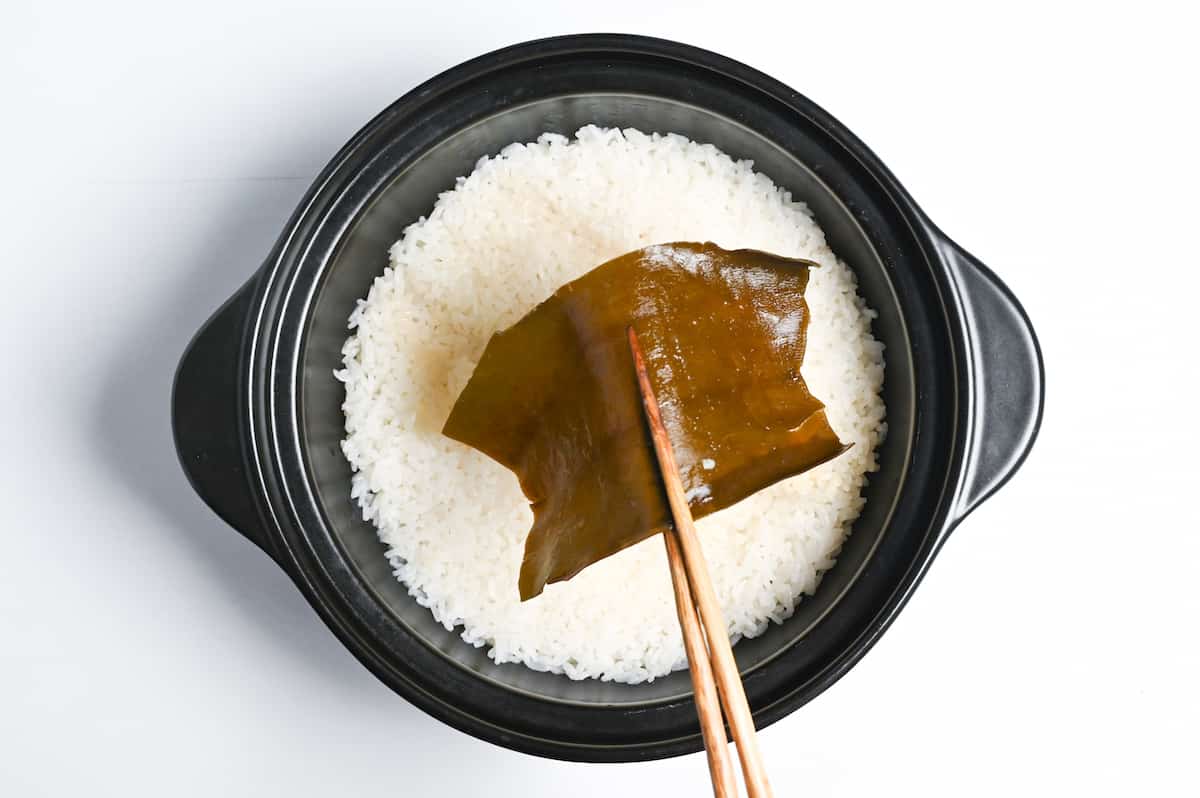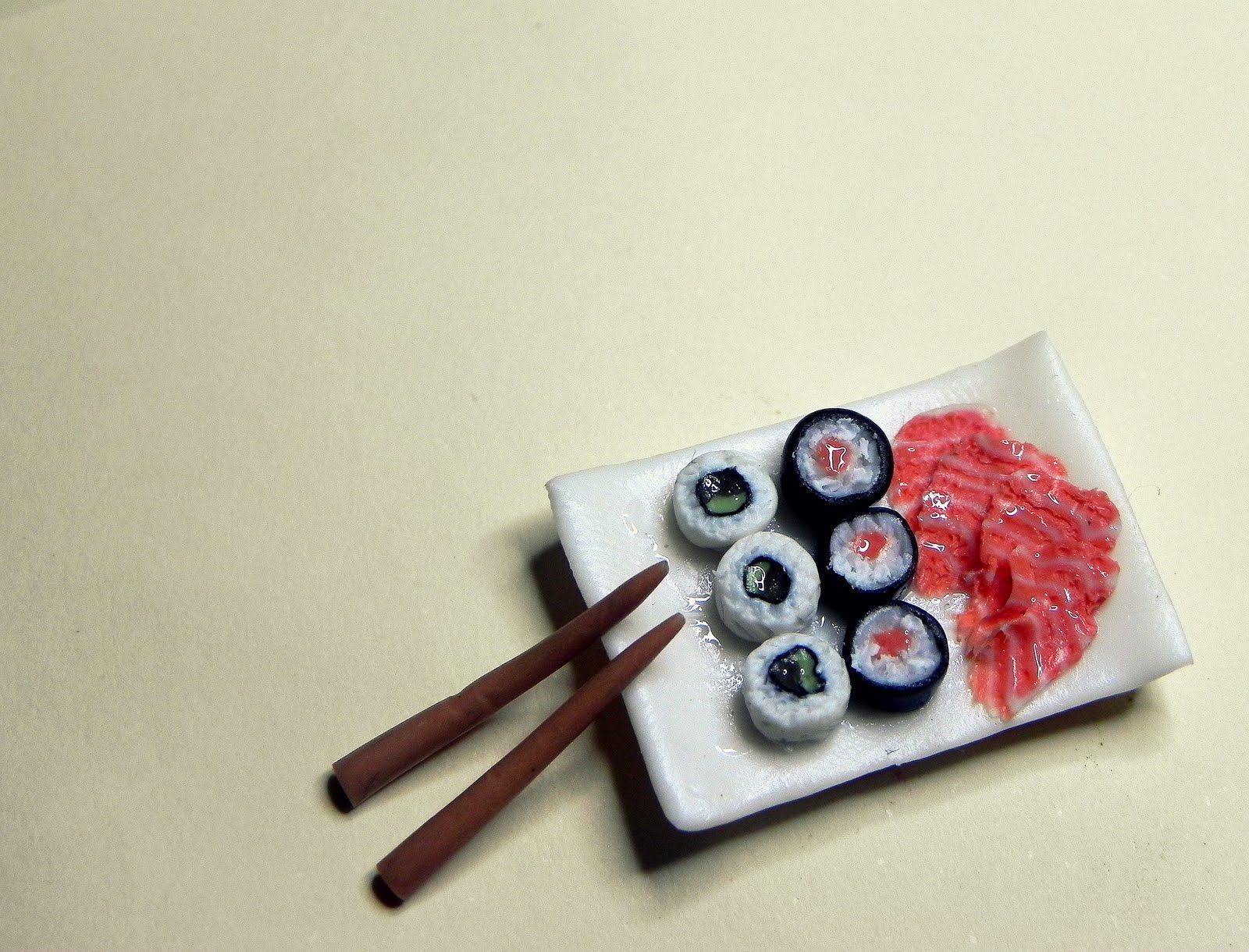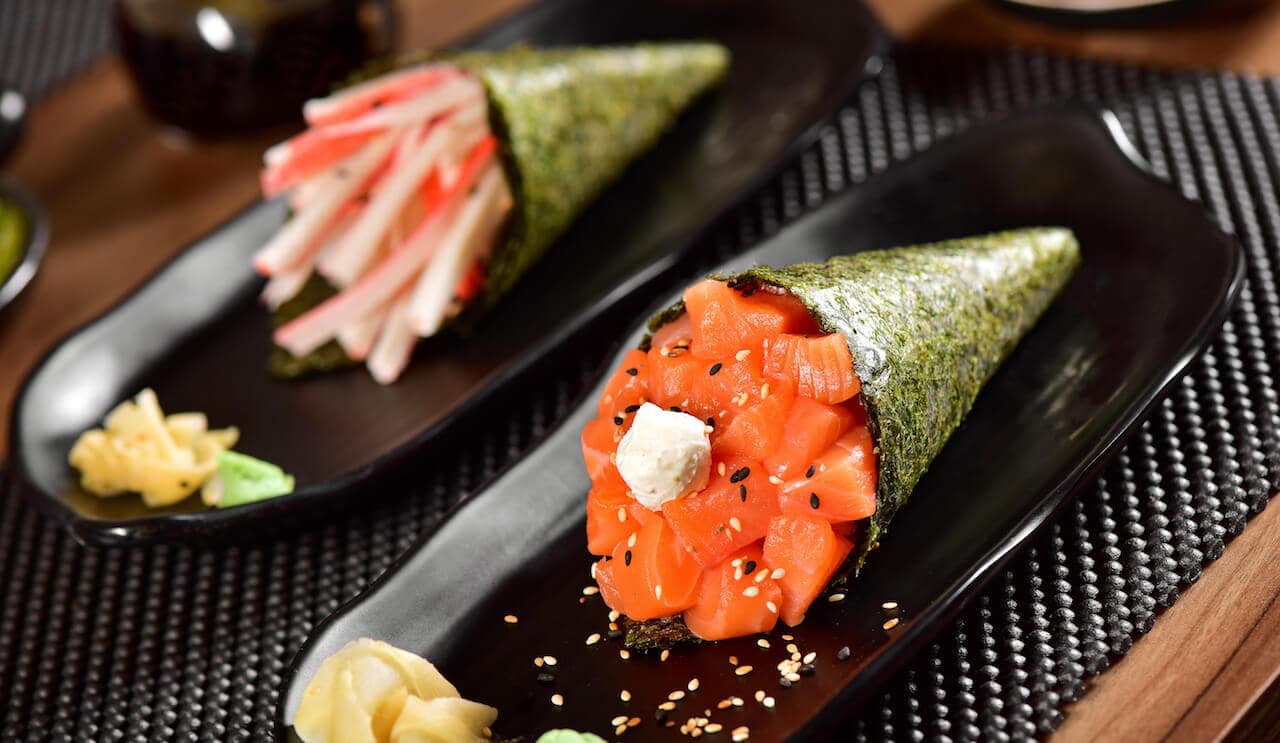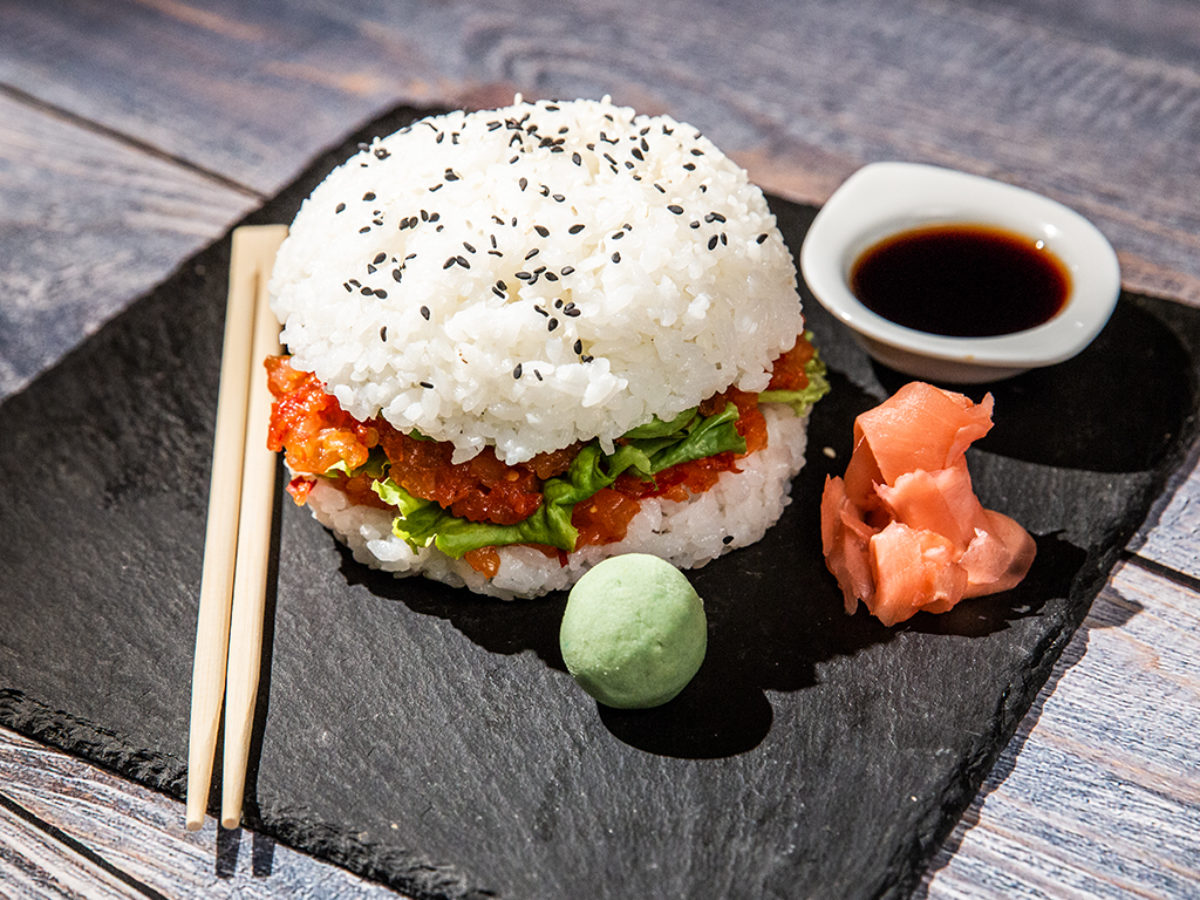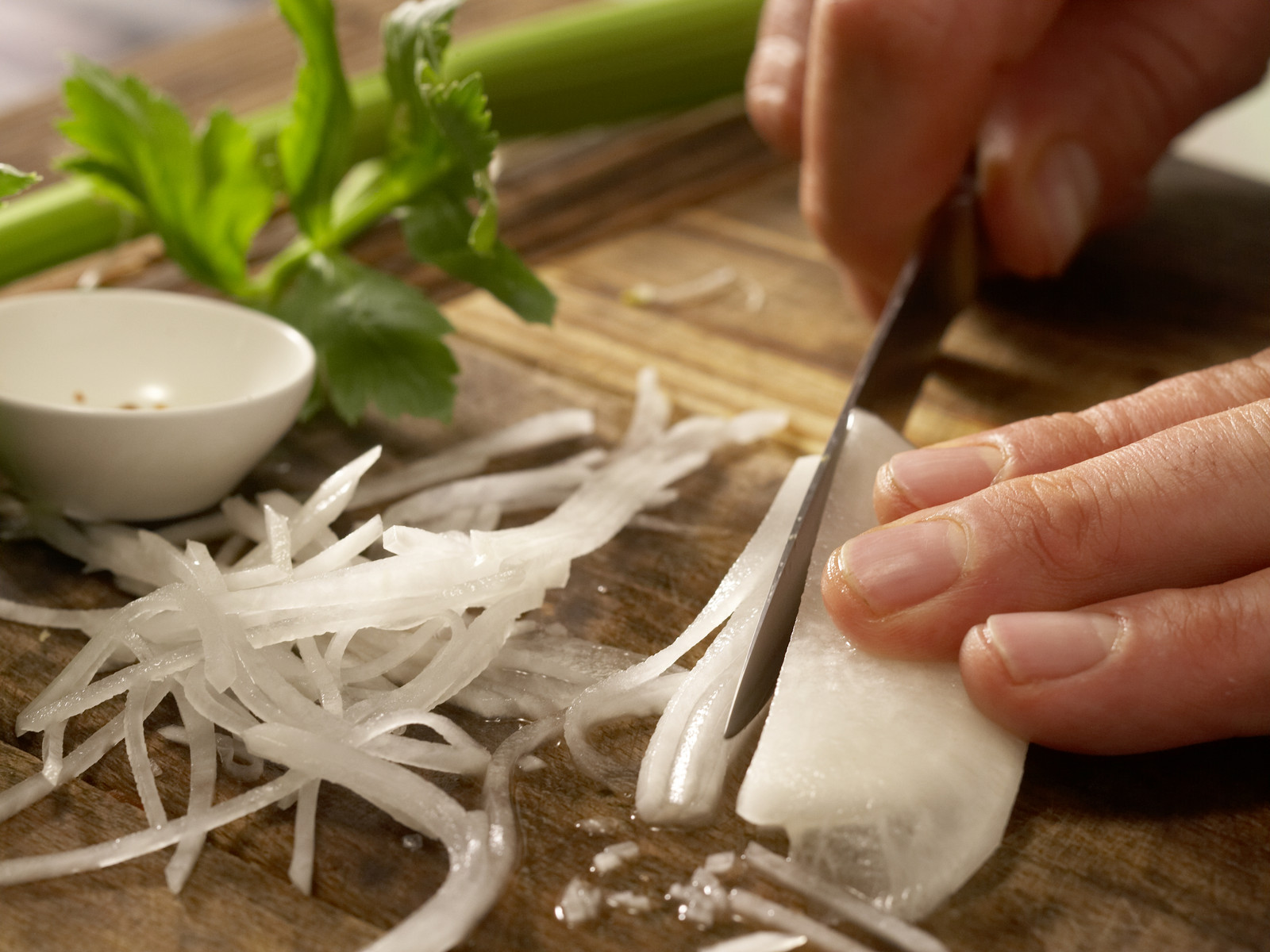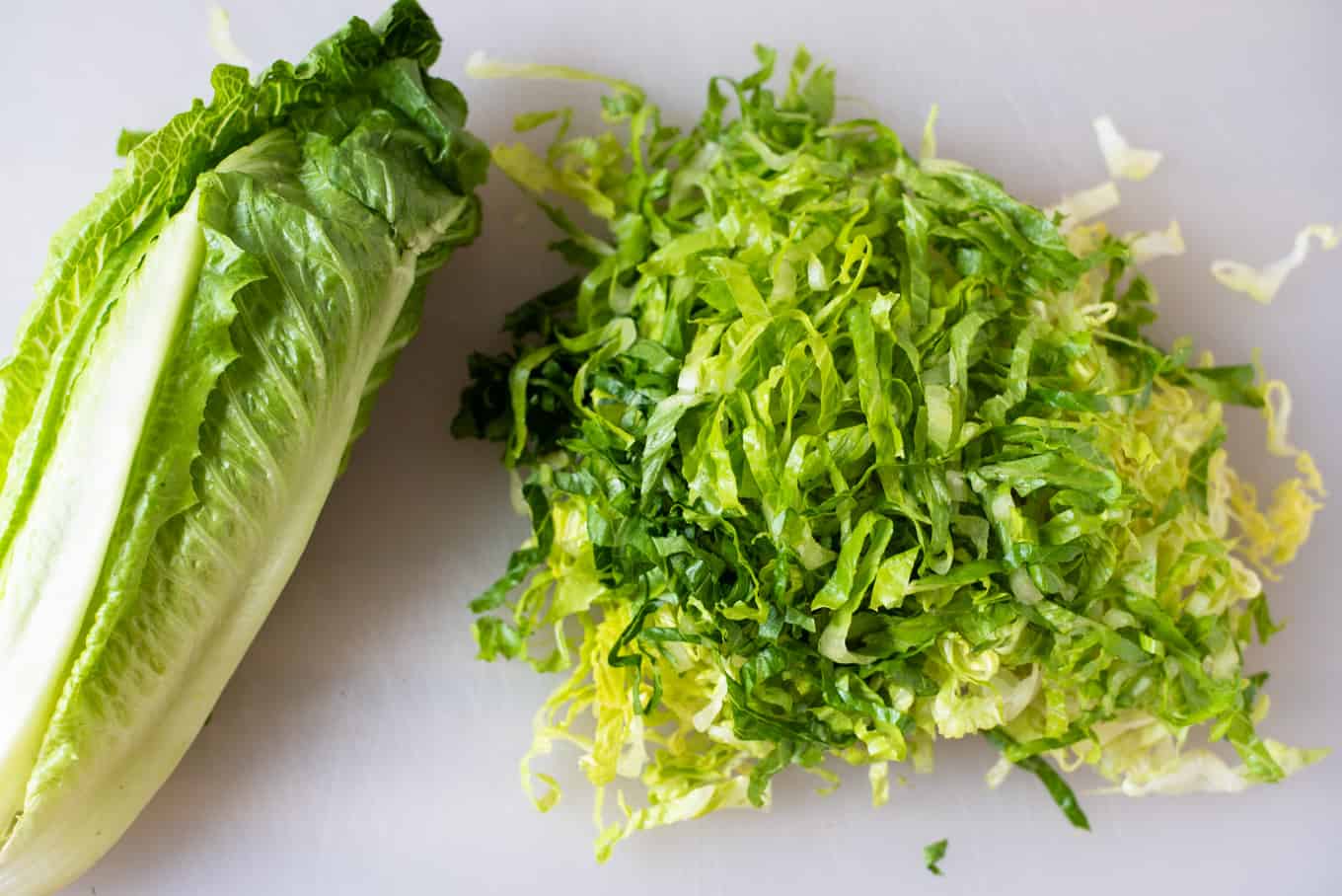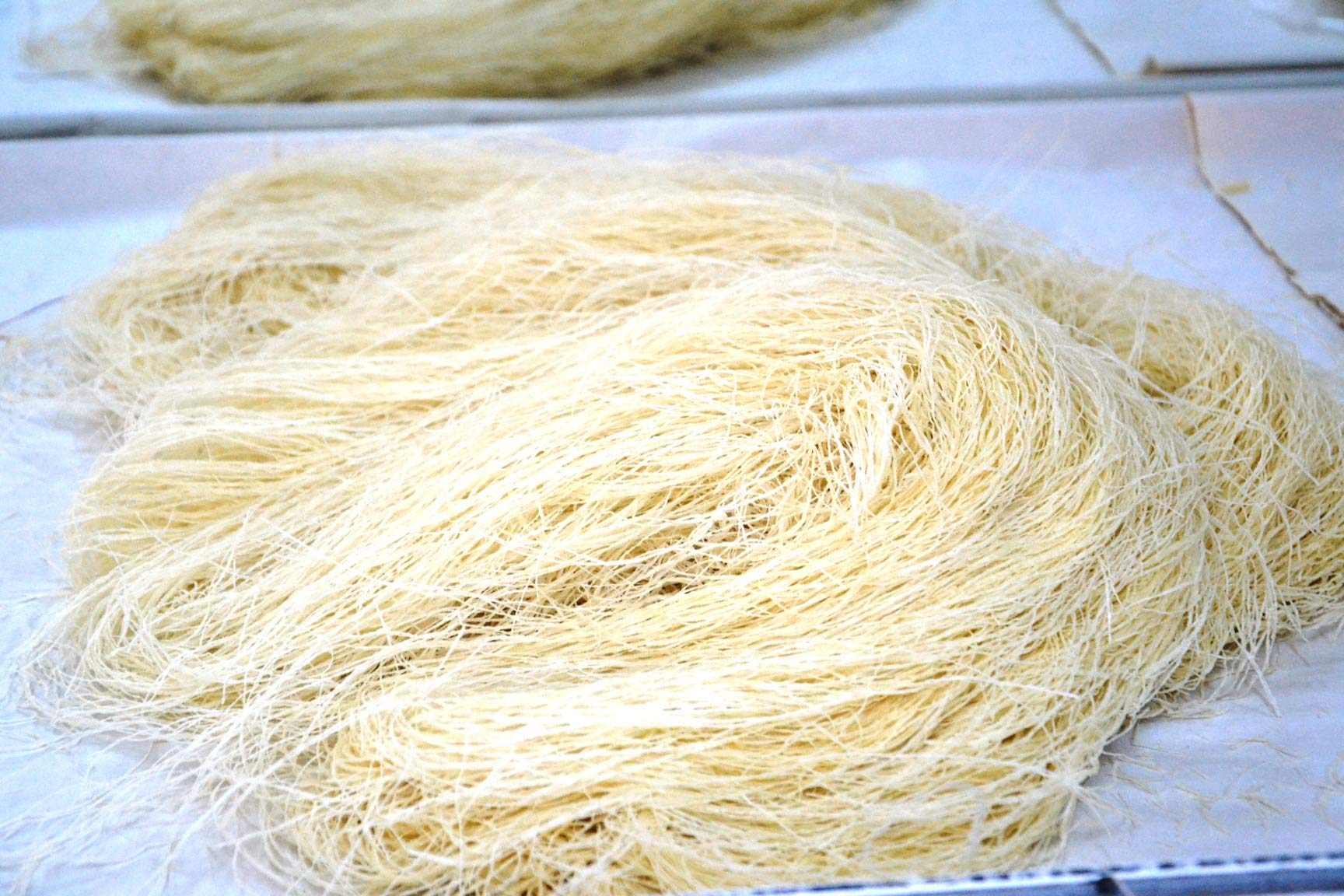Mastering the Art of Sushi Making: Keeping Nori Seaweed Crispy and Delicious
Are you a sushi lover who enjoys making this delectable dish at home? If so, you may have encountered the common problem of nori seaweed becoming moist, soft, and soggy, which can affect the overall taste and texture of your sushi. But fear not, as we have some helpful tips to ensure that your nori seaweed stays crispy and delicious when making sushi at home.
Choose High-Quality Nori Seaweed
When making sushi, it’s important to start with high-quality nori seaweed. Look for nori that is fresh, crisp, and has a deep green color. Avoid nori that appears dull or has a yellowish hue, as this may indicate that it is not as fresh. High-quality nori seaweed will provide the perfect base for your sushi and help maintain its crispness.
Proper Storage is Key
Once you’ve purchased your nori seaweed, it’s essential to store it properly to maintain its crispness. Keep the nori in a cool, dry place away from direct sunlight and moisture. Storing it in an airtight container or resealable bag can help prevent it from becoming soft and soggy. By taking these simple steps, you can ensure that your nori seaweed remains crispy and ready to use whenever you’re in the mood for homemade sushi.
Prepare Nori Sheets Just Before Use
When you’re ready to make sushi, it’s best to prepare the nori sheets just before using them. This will help prevent them from becoming moist and losing their crispness. Simply take out the number of nori sheets you need and keep the rest stored as directed. By preparing the nori sheets just before use, you can ensure that they maintain their crispy texture, providing the perfect base for your sushi.
Use a Bamboo Mat for Rolling
When assembling your sushi rolls, using a bamboo mat can help keep the nori seaweed crisp. The bamboo mat allows you to apply even pressure when rolling the sushi, ensuring that the nori maintains its texture. Be sure to roll the sushi firmly but gently, taking care not to press too hard and crush the nori. With the right technique and a bamboo mat, you can create perfectly rolled sushi with crispy nori seaweed.
Keep Fillings Dry
Another key factor in preventing nori seaweed from becoming soft and soggy is to keep the fillings dry. Whether you’re using vegetables, fish, or other ingredients in your sushi, it’s essential to remove excess moisture before assembling the rolls. Patting the fillings dry with a paper towel can help prevent them from releasing moisture onto the nori, ensuring that it stays crispy and delicious.
Enjoy Crispy and Delicious Homemade Sushi
By following these tips, you can make sushi without making the seaweed nori moist, soft, or soggy. Starting with high-quality nori seaweed, storing it properly, preparing it just before use, using a bamboo mat for rolling, and keeping the fillings dry are all essential steps in maintaining the crispness of the nori. With these techniques, you can enjoy delicious homemade sushi with perfectly crispy nori seaweed every time.
So, the next time you’re craving sushi, don’t let the fear of soggy nori hold you back. Armed with these tips, you can confidently create your favorite sushi rolls at home, knowing that the nori seaweed will stay delightfully crispy and flavorful.
– Keep the nori sheets in a cool, dry place until ready to use.
– Avoid exposing the nori to moisture in the air by sealing the package tightly after opening.
– Use a bamboo sushi rolling mat to quickly assemble the sushi, minimizing the time the nori is in contact with moisture.
– Avoid using ingredients that are too watery or juicy, as they can make the nori soft.
– Roll the sushi tightly and evenly to prevent air from getting trapped between the nori and rice, which can lead to moisture buildup.
Was this page helpful?
Read Next: How To Make Sushi Cone
